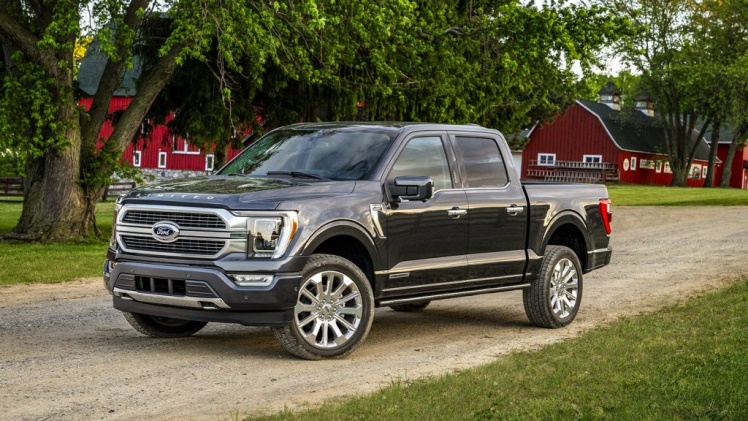Truck prices have been through the roof since 2021. According to automotive experts, the prices are expected to continue upward until 2023.
According to a Fortune report, the cost of a new car increased by 12.6% in 2022 compared to the previous year. What is interesting to note is that the average price of a used vehicle increased by as much as 14%, as noted by a Chicago Tribune report. Because the prices of new cars are too high, the demand for used vehicles increased, raising the prices as well.
Why are truck prices surging? Here are the top five reasons:
1. Chip Shortage
There is a global chip shortage that is expected to last until 2024. The chip or semiconductor controls current flow in trucks, vehicles, and other electronic devices and equipment. As products become increasingly electronically dependent, more chips are needed- demand manufacturers are not able to keep up with. Trucks are just one of the millions of things that need semiconductors.
It all started during the pandemic. As people were forced to stay at home, there was a huge demand for electronics for home entertainment, remote work, and home study. Many automotive companies halted vehicle production during the pandemic. But when work resumed, there weren’t enough semiconductors to go around.
Ford recently announced it is increasing the price of its most popular truck, the Ford F-150, partly because of the semiconductor shortage. At least truck owners can still depend on the Ford warranty. For its part, Chevrolet has increased its Silverado’s price three times this year for similar reasons.
2. Rising Inflation
The country’s inflation rate is at an all-time high this year. It peaked in June 2022 at 9.1%. Luckily, it went down from there and was at 7.1% at the end of November 2022. However, it’s pretty dire compared to the previous years: 6.8% in November 2021 and 1.2% in November 2020.
Inflation means an increase in the prices of raw materials for the production of trucks, which results in an overall increase in manufacturing costs best mutual funds.
3. Supply Chain Issues
An average car has around 30,000 parts. A truck, which is bigger, has thousands of more parts. Many of these parts are in short supply, which causes many trucks to be unfinished in factories.
Martin Daum, CEO of Daimler Truck, the largest truck maker in the world, told CNBC News they have 10,000 trucks just sitting in factories missing just one or two parts. Daum calls the situation the worst in his career of over 25 years.
4. Low Inventory of New Trucks
As a result of the supply chain disruptions, there is also a shortage of new trucks. According to reports, the 2022 Class-8 semi trucks have been sold out since January 2022.
But while buyers and trucking companies have resorted to buying used trucks, many of these are not industry compliant, rendering them useless. For example, California has stiffer environmental requirements that make old vehicles not roadworthy. They need to be retrofitted, but parts are not available.
The problem can also be traced back to the pandemic. Factories had to shut down because of government mandates to control the spread of the virus. When manufacturing resumed, the automotive industry was already in a backlog.
5. High Demand for Trucks
The demand for trucks grew as the performance of modern pickup trucks also improved. They are also practical. When the pandemic hit, people realized they needed more powerful vehicles that could handle long drives and off-road trips.
Road trips and camping became popular pastimes during the pandemic as people didn’t have to stay in the city to work. Trucks are the perfect off-road vehicles because of their heavy-duty suspensions. They are also practical for camping since you could simply put your equipment on the truck bed.
Bottom Line
Soaring truck prices aren’t caused by one thing. It is due to many complementary reasons: Rising demand, low inventory, shortage of raw materials, and inflation. Industry experts believe it would take around two years before the truck industry feels normal again with non-inflationary prices and a balance of supply and demand. You can also visit smart export import expedition business guidance for all entrepreneurs dvcodes

